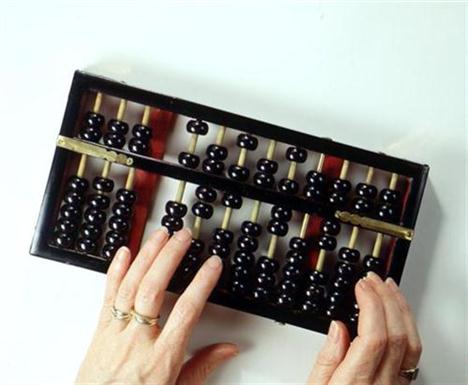19
2011
Who Invented the Abacus
Abacus is the oldest calculating and counting device. Its origin dates back to 2700 – 2300BC in the Sumerian times. However, abacus as we know today was invented by Chinese during 2nd century BC. It is also referred to as counting device that has been used in Asia and Africa for arithmetical calculations.
The development of abacus can be classified into three stages namely Ancient Age, Middle Age and the Modern Age. Prior to the invention of abacus, Inca Empire had developed a counting system called Quipu. Simplest and oldest counting methods of ancient times included drawing lines in the sand and using fingers.

The Abacus was constructed with stones and beans that were moved on a table of wood, metal or stone. The beads were switched from vertical counting to horizontal counting. The major benefit of this counting device was that these beans could be moved without interrupting the calculation. Later the device was constructed with bamboo frames with colourful beads and pebbles. The oldest counting board could not be used for a long time because they were designed with perishable materials.
Before the adoption of modern numeric writing system, abacus system of counting was widely used by traders, merchants and clerks in Asia and Africa. The usage of abacus began to diminish when the arithmetic counting using writing the numbers gained popularity in the later part of middle ages. The person who uses an abacus is called an abacist.

 An article by
An article by 




